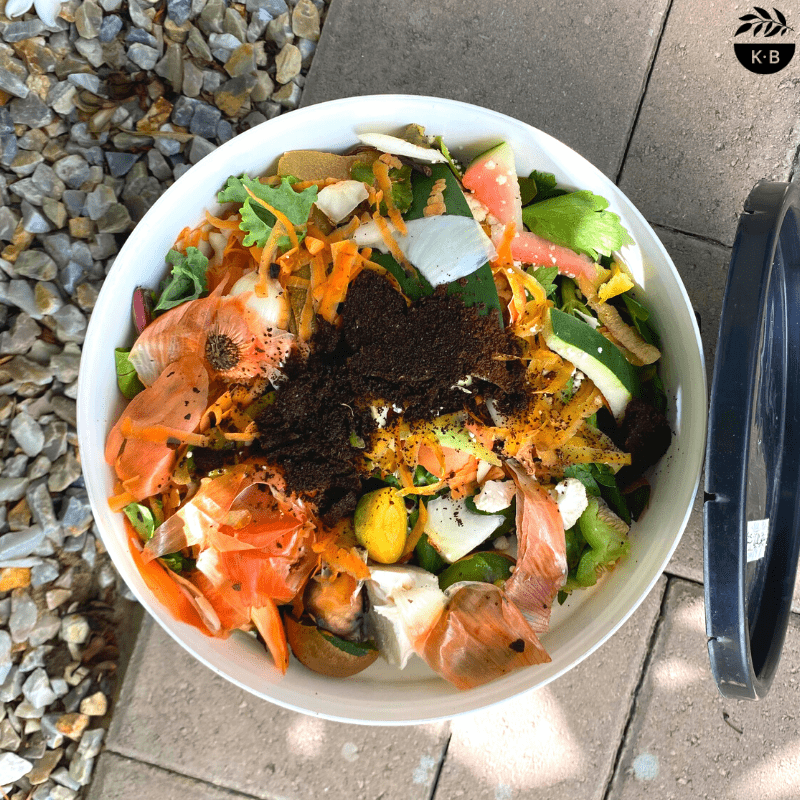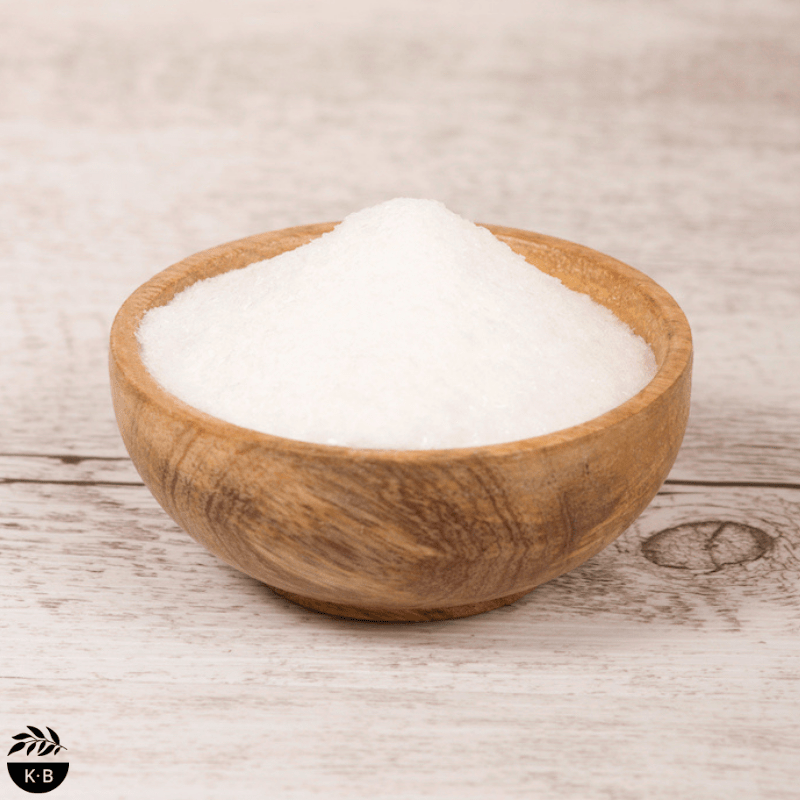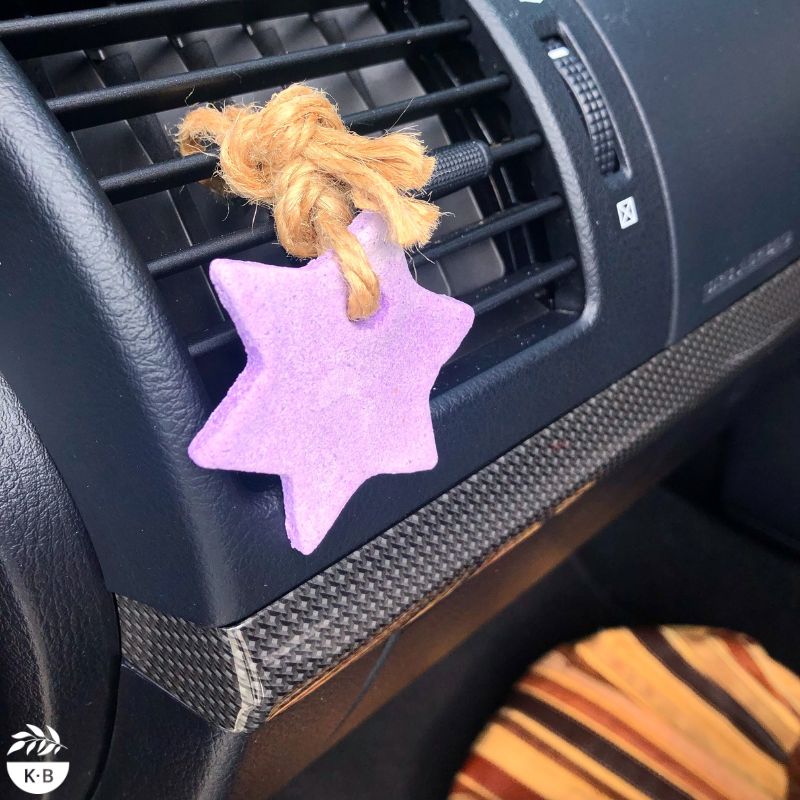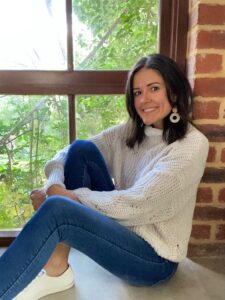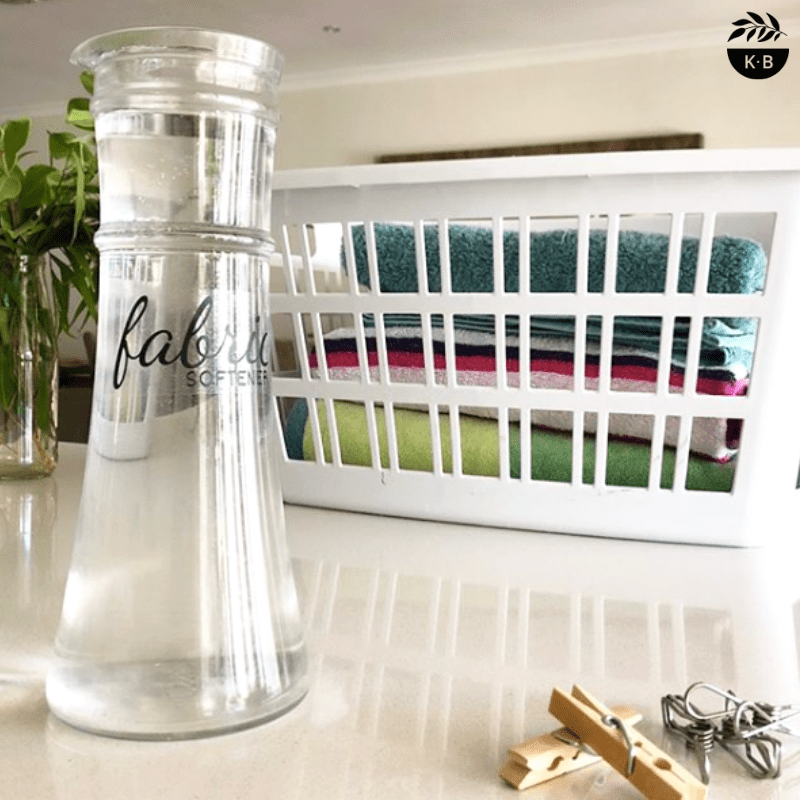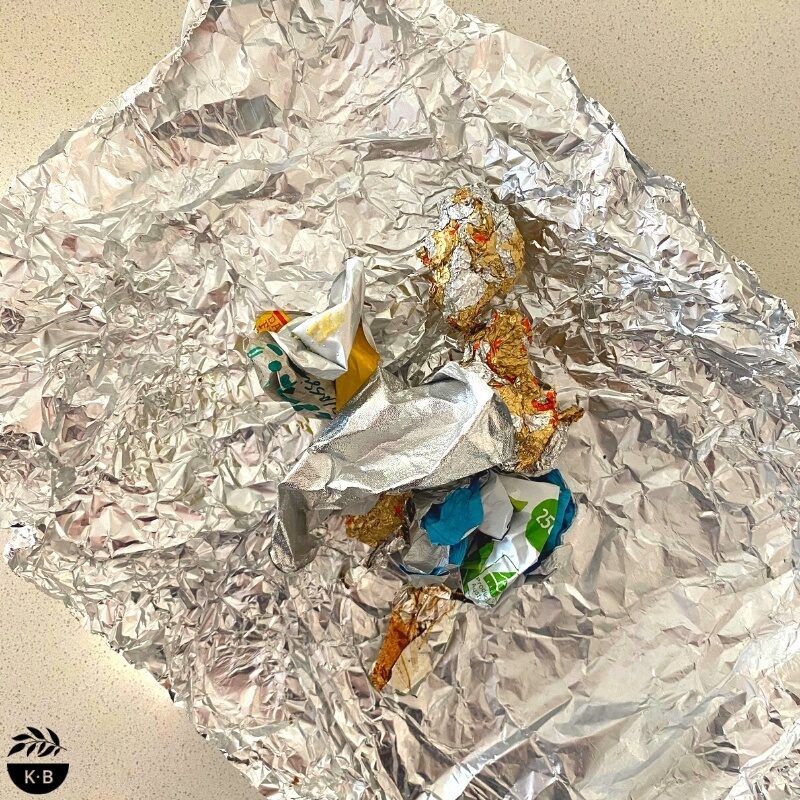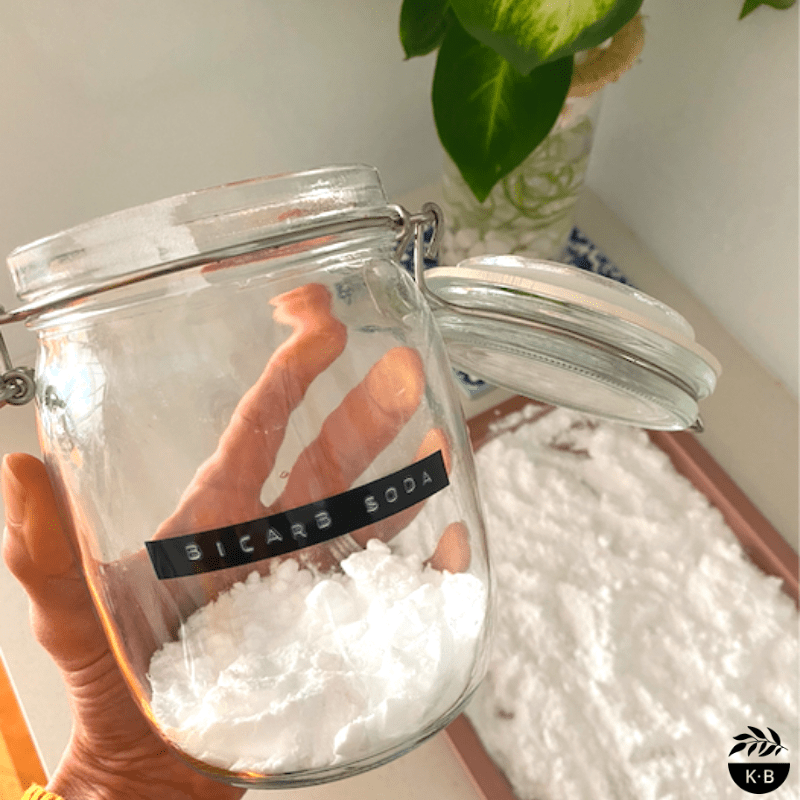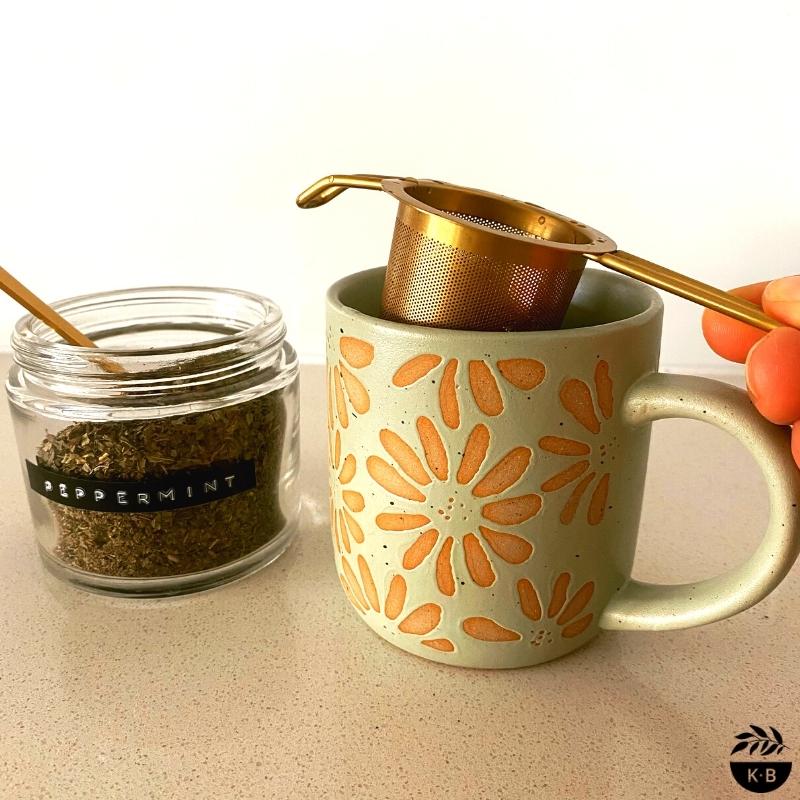 You know when you finally make another eco-edit to your life and it becomes standard practice, and you look back and wonder what took you so long?!! Well, that’s me with loose leaf tea. I don’t dwell on the time it took me to wake up, I’m proud that we no longer buy teabags and look forward to my next little edit!
You know when you finally make another eco-edit to your life and it becomes standard practice, and you look back and wonder what took you so long?!! Well, that’s me with loose leaf tea. I don’t dwell on the time it took me to wake up, I’m proud that we no longer buy teabags and look forward to my next little edit!
Where and when did teabags originate, anyway?
Well, there is little doubt that tea has been a popular drink for a very long time, but did you know the earliest references to drinking tea originate from China where legend has it that a leaf fell into water being boiled for Emperor Shen Nung and he found the taste refreshing, back in 2700 BCE. As for teabags, there is some debate over the discovery of this convenient practice of tea making, with one of the most popular legends claiming that American tea importer Thomas Sullivan shipped out samples of his product in silk pouches in 1908, not intending his customers put them directly in the hot water that way, but some tried it and asked for more of the same. What a discovery! Back then, I assume people would have washed and reused these silk pouches.
Did you know that in the 12 months to June 2016, 9.8 million Aussies drank at least one cup of tea in any given week, with the average volume consumed in this period totalling 9.5 cups per person? That’s a lot of tea, and if majority of people are using teabags, also a lot of waste… Eeek!
So, if you’re looking for reasons to switch to loose leaf tea, or perhaps need a short and sweet nudge to send to a loved one, this post is for you!
Many teabags are made with plastic
And, microplastics end up in your cup. Research has found that steeping a single plastic teabag at brewing temperature (95 °C) releases approximately 11.6 billion microplastics and 3.1 billion nanoplastics into a single cup of the beverage. That’s a startling fact and thankfully one that many companies are working to resolve by producing teabags from cornstarch and cellulose fibres.
You’ll reduce waste
Whether or not your teabags contain plastic, you’re (generally) still left with unrecyclable waste. Some brands use biodegradable/compostable bags which is awesome if you have access to a compost, however, many don’t, and as a side note, food waste in landfill can take years and years to break down because of the anaerobic environment it sits in.
By switching to loose leaf tea, you’re not dangling a single-use item into your cup so that means no paper/plastic/fibres of any description, string, card/paper or staples/thread. Of course, if you take it one step further and take your own container to a bulk foods place to buy your tea, you’re evening cuppa will be waste-free!
It tastes better
It really does – the flavour is deeper, richer, simply superior. This could be because teabags have been known to include tea ‘dust’, the leftover product from whole and loose leaf tea production, which is lower in quality. Also, the contents of your average teabag is ‘standardised’, meaning you’re almost guaranteed to get the same result with every cup. Maybe it also has to do with the absence of tiny bits of plastic 😉
It’s a relatively simple lifestyle edit
Before you dismiss the idea of brewing a cup of loose leaf tea because you’re too busy, it’s too hard, it takes too long, you can’t be bothered, etc., please just give it a go. I can just about promise you that once you’ve got yourself a tea strainer and a few jars of your favourite loose leaf tea, and tried it a few times, you won’t want to go back!
